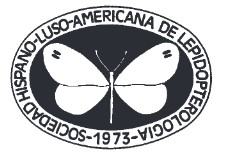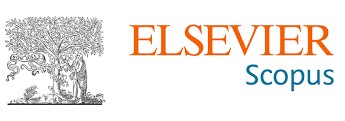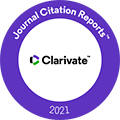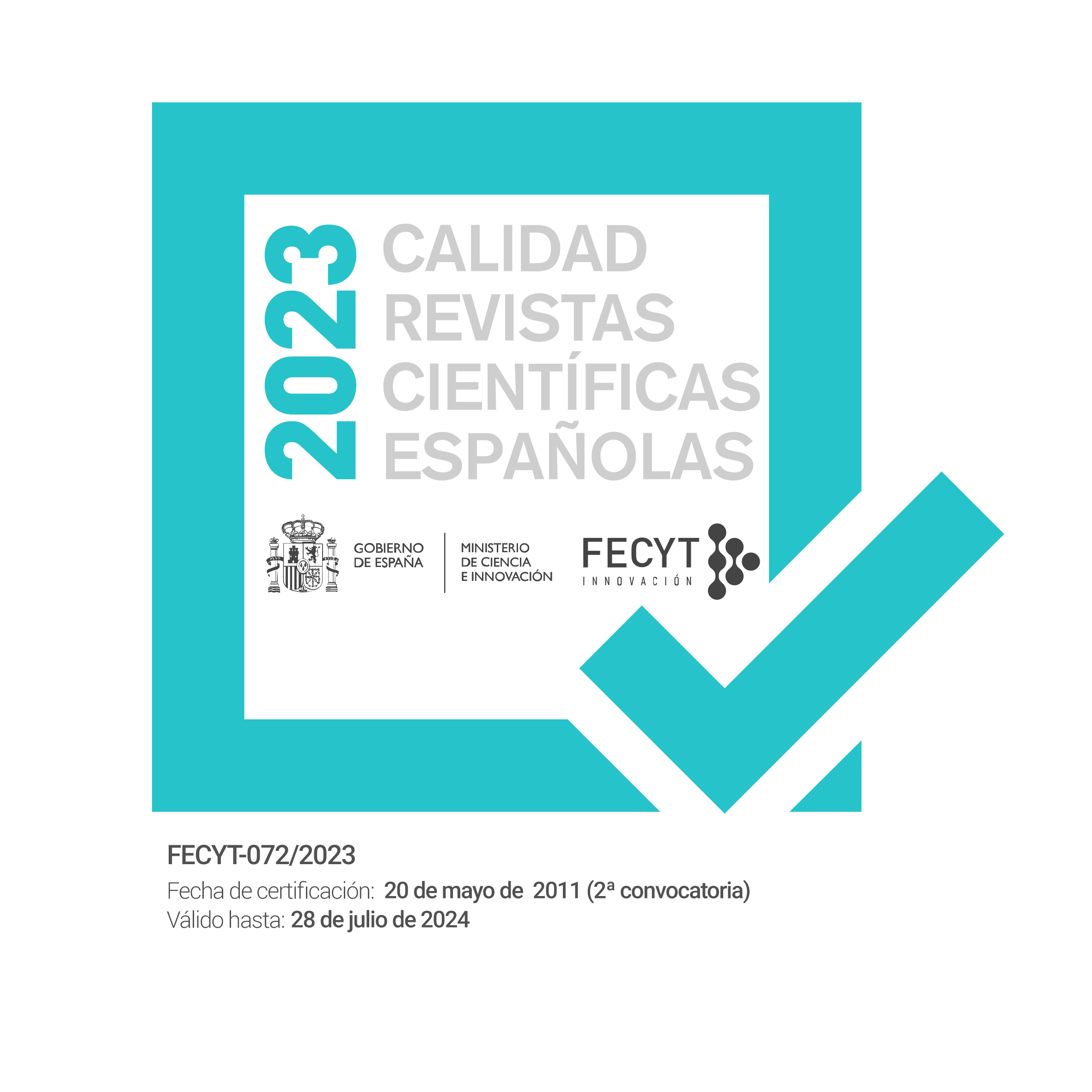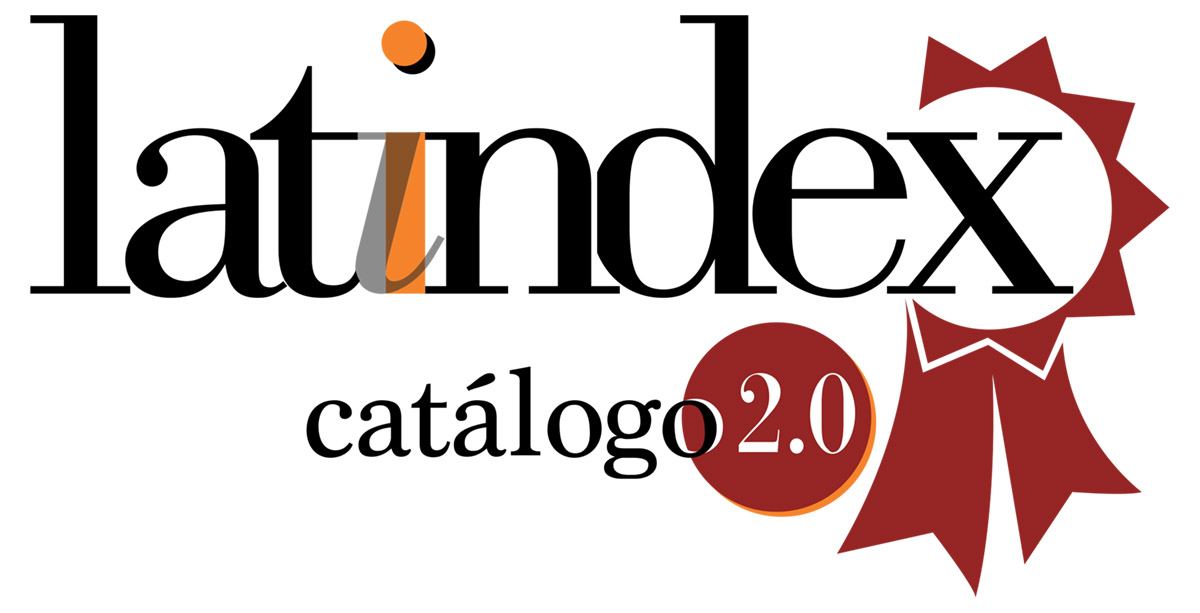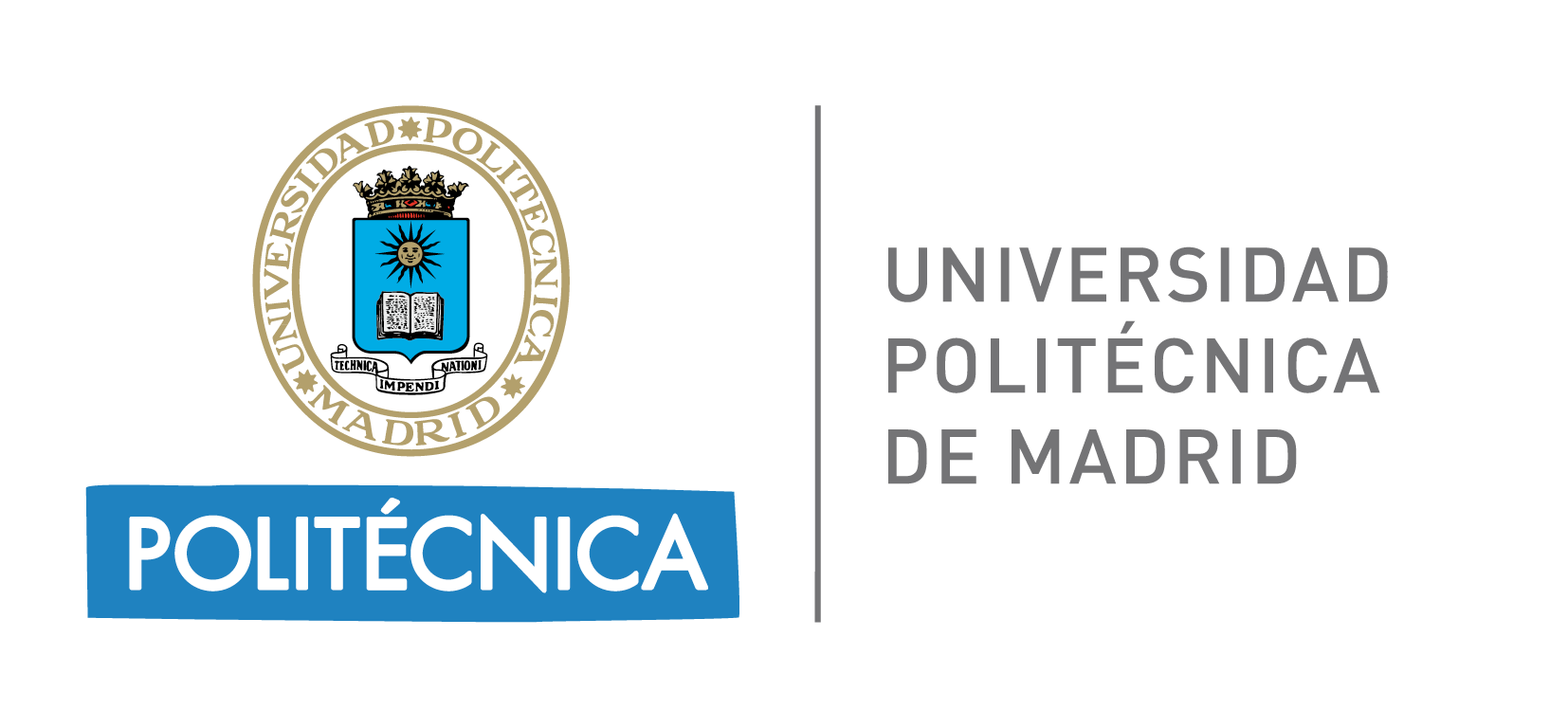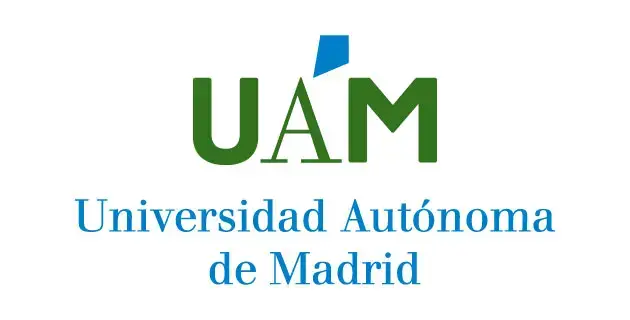Immature stages and life cycle of a Megalopyge Hübner, [1820] causing dermatitis in the city of Córdoba, Argentina (Lepidoptera: Megalopygidae)
DOI:
https://doi.org/10.57065/shilap.905Keywords:
Lepidoptera, Megalopygidae, erucism, urban fauna, dermatitis, ArgentinaAbstract
During the last decades in Argentina, the cases of erucism have increased notably, with some outbreaks of epidemiological importance. In December 2019, a resident of the city of Córdoba reported a case of erucism caused by contact with caterpillars of Megalopyge Hübner, [1820] present in a shrub in the sidewalk. Taking into account the little information available in the literature about the family in general, and in this region of the country in particular, and the potential health risk that these caterpillars could represent, our goals were to know what species it is, to describe the immature stages and the development times of this species, and to evaluate the possibility of the caterpillars using some common tree species as alternative hosts. Adults and immatures reared in the laboratory are more similar to those described as Megalopyge undulata vulpina Berg, 1882 than any other species of the genus, but some morphological and chromatic differences lead to the proposition that these are two related but different taxa. According to our observations, at the latitude of Córdoba the species seems to be bivoltine, with an average embryogenesis time of 6 days and 58 days of larval development time for the second generation. The time spent inside the cocoon was highly variable. On the other hand, the limited success in the development of the larvae with the alternative hosts that we offered them would indicate that the species does not represent, at the moment, an emerging health problem.
Downloads
Global Statistics ℹ️
|
660
Views
|
196
Downloads
|
|
856
Total
|
|
References
Barth, R. (1954). Estudos histológicos nas células glandulares dos insectos preçonhentos. II. Os órgãos urticantes da lagarta de Megalopyge albicollis superba Edwards (Lepidoptera, Megalopygidae). Memorias do Instituto Oswaldo Cruz, 52, 125-131. https://doi.org/10.1590/S0074-02761954000100007 DOI: https://doi.org/10.1590/S0074-02761954000100007
Becker, V. O. (1995). Megalopygidae. In J. B. Heppner. Atlas of Neotropical Lepidoptera. Checklist: Part 2. Hyblaeoidea, Pyraloidea, Tortricoidea (pp. 118-122). Association for Tropical Lepidoptera.
Bishopp, F. C. (1923). The puss caterpillar and the effects of its sting on man. Departament Circular 288. United States Departament of Agriculture. https://doi.org/10.5962/bhl.title.65870 DOI: https://doi.org/10.5962/bhl.title.65870
Bourquin, F. (1936). Notas biológicas de Megalopyge urens Berg. Revista de la Sociedad Entomológica Argentina, 8, 125-135. https://www.biotaxa.org/RSEA/article/view/59582
Bourquin, F. (1941). Metamorfosis de Megalopyge albicollis Walker 1910. (Lep. Megalopygidae). Revista de la Sociedad Entomológica Argentina, 11(1), 22-31. https://www.biotaxa.org/RSEA/article/view/57686
Bourquin, F. (1942). Metamorfosis de Megalopyge lanata Crm. (Lep. Megalopygidae) con la colaboración micrográfica de M. E. Jörg (Estudio histológico de papilas). Revista de la Sociedad Entomológica Argentina, 11(4), 305-317. https://www.biotaxa.org/RSEA/article/view/56909
Bourquin, F. (1945a). Mariposas Argentinas. El Ateneo.
Bourquin, F. (1945b). Metamorfosis de Megalopyge undulata vulpina Berg, 1882 (Lep. Megalopygidae). Revista de la Sociedad Entomológica Argentina, 12(5), 387-393. https://www.biotaxa.org/RSEA/article/view/50917
Bourquin, F. (1948). Notas sobre la metamorfosis de “Megalopyge chacoma” Schaus 1910 (Lep. Het. Megalopygidae). Acta Zoológica Lilloana, 5, 113-116.
Bourquin, F. (1951). Metamorfosis de Megalopyge lanceolata Dogn. 1923. (Lep. Megalopygidae). Acta Zoológica Lilloana, 12, 533-539.
Cordo, H. A., Logarzo, G., Braun, K., & Di Iorio O. R. (2004). Catálogo de insectos fitófagos de la Argentina y sus plantas asociadas. South American Biological Control Laboratory-Sociedad Entomológica Argentina.
De Roodt, A. R., Orduna, T. A., & Salomon, O. D. (2000). Accidentes por lepidópteros con especial referencia a Lonomia sp. Medicina, 60, 964-972. http://www.medicinabuenosaires.com/revistas/vol60-00/6/v60_n6_p964_972.pdf?viewType=Print&viewClass=Print
Diniz, I. R., Braga, L., Lepesqueu, C., Silva, N., & Morais, H. (2013). Lagartas do Cerrado. Guia de campo. Technical Books Editora.
Dyar, H. G. (1928). Descriptions of four South American moths. Proceedings of the Entomological Society of Washington, 30, 9-10.
Epstein, M. E. (1996). Revision and phylogeny of the limacodid-group families, with evolutionary studies on slug caterpillars (Lepidoptera, Zygaenoidea). Smithsonian Contributions to Zoology 582. Smithsonian Institution Press. https://doi.org/10.5479/si.00810282.582 DOI: https://doi.org/10.5479/si.00810282.582
Epstein, M. E., Gerrtsema, H., Naumann, C. M., & Tarmann, G. M. (1998). The Zygaenoidea. In N. P. Kristensen. Part 35 Lepidoptera, Moths, and Butterflies Volume 1: Evolution, Systematics, and Biogeography (pp. 159-180), de M. Fisher Handbook of Zoology. De Gruyter. https://doi.org/10.1515/9783110804744.159 DOI: https://doi.org/10.1515/9783110804744.159
Gómez, J. P. (2014). Lepidopterismo y erucismo en Colombia. Revista Biosalud, 13(2), 59-83. http://www.scielo.org.co/scielo.php?script=sci_arttext&pid=S1657-95502014000200006&lng=en&tlng=es.
Gómez, G., Barrionuevo, M. J., Alejo, G., & Quispe, R. (2018). Lepidópteros de importancia médica en la provincia de Jujuy. In S. Roig, R. López-Plantey & R. Pol Libro de resúmenes del X Congreso Argentino de Entomología (p. 275). https://xcaeorg.files.wordpress.com/2018/06/libro-de-resumenes-xcae-2018.pdf
Hall, D. (2019). Puss caterpillar (larva), Southern Flannel Moth (adult), Megalopyge opercularis (J. E. Smith 1797) (Insecta: Lepidoptera: Zygaenoidea: Megalopygidae). https://edis.ifas.ufl.edu/publication/IN976?downloadOpen=true
Hayward, K. J. (1969). Datos para el estudio de la ontogenia de lepidópteros argentinos. Miscelánea 31. Fundación e Instituto Miguel Lillo, Universidad Nacional de Tucumán.
Heppner, J. B. (2008). Flannel Moths (Lepidoptera: Megalopygidae). En J. L. Capinera. Encyclopedia of Entomology (pp. 1464-1465). Springer. https://doi.org/10.1007/978-1-4020-6359-6_3824 DOI: https://doi.org/10.1007/978-1-4020-6359-6_3824
Hopp, W. (1934). Megalopygidae. In A. Seitz. Die Grossschmetterlinge der Erde. Die amerikanischen Spinner und Schwärmer (Vol. 6, pp. 1071-1101). Alfred Kernen. [Plates published in 1935].
Martínez, D. (2022). Megalopyge dyari (Megalopygidae). https://www.acguanacaste.ac.cr/paginas-deespecies/insectos/647-megalopygidae/5100-i-megalopyge-dyari-i-megalopygidae
Martínez, M. M., Peichoto, M. E., Piriz, M., Zapata, A. I., & Salomon, O. D. (2019). Erucismo: etiología, epidemiología y aspectos clínicos en San Ignacio, Misiones, Argentina. Revista venezolana de salud pública, 7(2), 25-34. https://www.imbiomed.com.mx/articulo.php?id=114149
Mosher, E. (1917). A Classification of the Lepidoptera Based on Characters of the Pupa. Illinois Natural History Survey Bulletin, 12(1-4), 17-153. https://doi.org/10.21900/j.inhs.v12.348 DOI: https://doi.org/10.21900/j.inhs.v12.348
Orfila, R. (1967). El rupa chico del quebracho blanco, Megalopyge chacoma Schaus (Lep. Megalopygidae), nueva plaga forestal. Informativo de Investigaciones Agrícolas, Suplemento Forestal, 4, 66-69.
Pastrana, J. A. (2004). Los lepidópteros argentinos. Sus plantas hospedadoras y otros sustratos alimenticios. Sociedad Entomológica Argentina.
Plan Forestal de la Ciudad de Córdoba (2018). Secretaría de Ambiente, Dirección de Espacios Verdes, Departamento Agronomía, División Arbolado. https://ambiente.cordoba.gob.ar/wp-content/uploads/sites/20/2018/06/plan-forestal-2018.pdf.
Sihezar, G. (2019). Megalopyge hina (Megalopygidae). https://www.acguanacaste.ac.cr/paginas-de-especies/insectos/647-megalopygidae/4563-i-megalopyge-hina-i-megalopygidae
Schreiter, R. (1943). Notas entomo-biológicas y otras. Acta Zoológica Lilloana, 1, 7-44.
Specht, A., & Corseuil, E. (2008). Megalopygidae. In A. Specht, E. Corsuil & H. Barreto Abella. Lepidópteros de importância médica. Principales espécies no Rio Grande do Sul (pp. 11-41). USEB.
Stehr, F. W. (1987). Order Lepidoptera. In F. W. Stehr. Immature insects (pp. 288-596). Kendall/Hunt.
Stoll, C. (1791). Supplément à l’ouvrage intitulé les “Papillons exotiques des trois parties du monde: l’Asie, l’Afrique et l’Amérique par P. Cramer” contenant les figures exactes des chenilles et des chrysalides de Suriname comme celles des plusieurs rares et nouvellement découvertes papillons et phalènes, rassemblées et décrites, et sous sa direction dessinées d’après la vie, et taillées en cuivre avec leurs couleurs naturelles. S. J. Baalde & J. v. Schoonhoven & comp.
Zapata, A. I. (2022). Lepidópteros de importancia sanitaria: diversidad taxonómica y distribución en Argentina. Publicación Especial de la Sociedad Entomológica Argentina, 4, 112. https://www.seargentina.com.ar/publicacion-especial-sea/
Downloads
Published
How to Cite
Issue
Section
License

This work is licensed under a Creative Commons Attribution 4.0 International License.
The author SS retains his trademark and patent rights to any process or procedure within the article.
The author retains the right to share, distribute, perform and publicly communicate the article published in SHILAP Revista de lepidopterología, with initial acknowledgement of its publication in SHILAP Revista de lepidopterología.
The author retains the right to make a subsequent publication of his work, from using the article to publishing it in a book, provided that he indicates its initial publication in SHILAP Revista de lepidopterología.
Each submission to SHILAP Revista de lepidopterología must be accompanied by an acceptance of copyright and acknowledgement of authorship. By accepting them, authors retain copyright of their work and agree that the article, if accepted for publication by SHILAP Revista de lepidopterología, will be licensed for use and distribution under a "Creative Commons Attribution 4.0 International" (CC BY 4.0) licence that allows third parties to share and adapt the content for any purpose giving appropriate credit to the original work.
You may read here the basic information and the legal text of the license. The indication of the CC BY 4.0 License must be expressly stated in this way when necessary.
As of 2022, the content of the print and digital version is licensed under a "Creative Commons Attribution 4.0 International License" (CC BY 4.0), licence that allows third parties to share and adapt the content for any purpose giving appropriate credit to the original work.
Previous content in the journal was published under a traditional copyright licence; however, the archive is available for free access.
When using the contents of SHILAP Revista de lepidopterología published before 2022, including figures, tables or any other material in printed or electronic format belong to the authors of the articles, the authors must obtain the permission of the copyright holder. Legal, financial and criminal liabilities in this respect belong to the author(s).
In application of the Principle of Priority of the International Code of Zoological Nomenclature, no other version than the one published by the publisher may be deposited in repositories, personal websites or similar.





